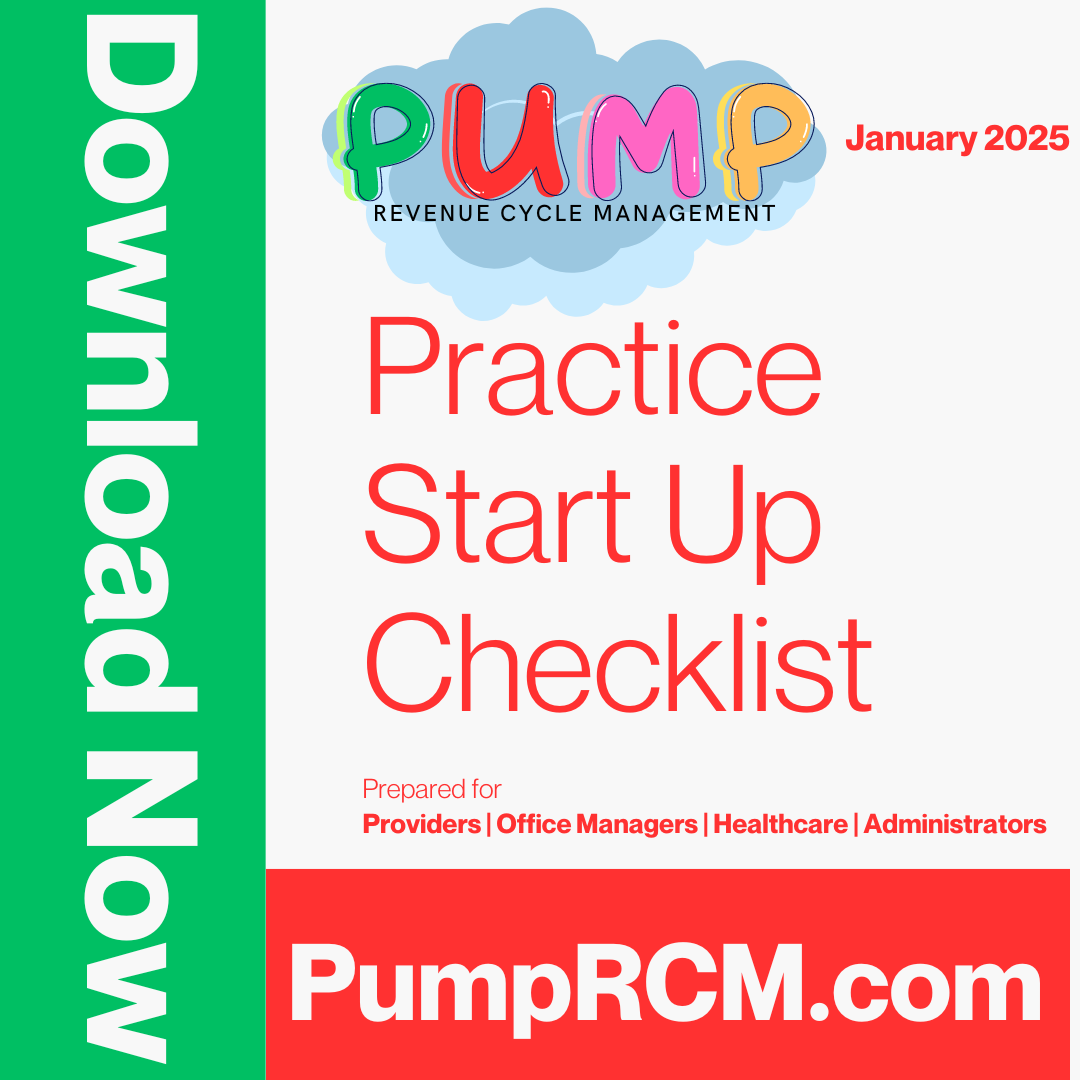A Comprehensive Overview on How Medical Care RCM Functions to Enhance Billing and Collections
Browsing the complexities of health care profits cycle administration (RCM) is important for suppliers aiming to improve their billing and collections procedures. The guide unpacks the ins and outs of RCM, from individual registration to accounts receivable administration, using understandings right into optimizing each step.
Understanding Revenue Cycle Monitoring
RCM is a critical administrative feature that includes the whole financial procedure of patient treatment, from the initial visit setting to the last payment of the equilibrium. It is a complex treatment designed to identify, gather, and manage the earnings from the solutions given to people.
The RCM procedure begins when a client timetables an appointment and prolongs via the client's treatment journey, consisting of billing and collections. A key objective is to minimize the time between supplying a service and getting repayment, thus improving the company's financial wellness. RCM entails different functions such as client enrollment, insurance coverage confirmation, fee capture, coding, asserts entry, repayment uploading, and handling allures and denials.
Secret Elements of RCM
In the world of Income Cycle Administration (RCM), understanding its key parts is fundamental to achieving financial performance within medical care organizations. RCM is a detailed process that includes numerous stages, each crucial to making certain reliable invoicing and collections. The primary elements include client enrollment, insurance confirmation, fee capture, coding, claim submission, payment publishing, and receivable monitoring.


When coded, claims are submitted to payers, where precision is paramount to stay clear of rejections or delays - Healthcare RCM. Repayment uploading involves tape-recording the gotten repayments, which enables the reconciliation of accounts. Finally, balance dues administration concentrates on monitoring and attending to unsettled insurance claims, guaranteeing prompt follow-up and resolution
Each component of RCM is adjoined, and inefficiencies in any part can disrupt the whole cycle. Therefore, mastering these aspects is crucial for health care carriers to maximize earnings and boost their economic health and wellness.
Methods for Reliable Invoicing

Systematizing invoicing procedures across the company is an additional crucial approach. Establishing clear guidelines for documentation, coding, and submission helps keep uniformity and conformity with regulative requirements. Training team regularly on these procedures makes certain everybody is updated with the most recent modifications in invoicing codes and payer policies.
Precise charge capture is necessary in avoiding income leakage. Applying normal audits and monitoring systems enables for the recognition and improvement of disparities prior to they impact revenue. Furthermore, preserving open lines of communication with payers assists to quickly deal with any conflicts or misconceptions that may arise.

Last but not least, engaging individuals early in the invoicing procedure by giving clear quotes and academic materials about their economic obligations can dramatically decrease confusion and boost repayment timeliness. These techniques collectively contribute to a much more effective and financially healthy and balanced invoicing system.
Enhancing Collections Processes
Offered the intricacies of medical invoicing and the selection of payer requirements, enhancing the collections process entails applying tactical actions that ensure accurate and timely payment of solutions rendered. Automation devices can assist in tracking claim standings, sending timely suggestions to patients, and managing denials extra properly.
Training staff to understand the nuances of insurance coverage plans and payment codes is similarly vital. This expertise equips them to address payment discrepancies swiftly and connect efficiently with patients concerning their monetary duties. Moreover, clear and clear patient interactions are important. Giving in-depth explanations of fees and providing adaptable settlement strategies can enhance person complete satisfaction and punctual repayments.
Normal audits of the collections procedure ought to be conducted to identify areas for enhancement and make certain conformity with policies. By evaluating information, health care organizations can determine trends, anticipate possible problems, and adapt strategies as necessary see this (Healthcare RCM). Eventually, a well-enhanced collections procedure not just supports financial wellness however likewise adds to why not find out more an extra seamless experience for clients and team alike
Optimizing Revenue Streams
Structure upon the structure of a solid collections process, healthcare companies can better bolster their monetary security by tactically maximizing revenue streams. This entails a multi-faceted method, starting with a comprehensive analysis of existing profits resources to recognize ineffectiveness and locations for development. Employing sophisticated information analytics tools enables companies to gain insights into payer mix, patient demographics, and solution usage patterns, enabling data-driven decisions that improve earnings capture.
Carrying out automated payment systems can significantly minimize errors and speed up claims refining, guaranteeing that income is collected much more successfully. Furthermore, maximizing payer contracts via routine settlements can boost compensation prices and terms, straight affecting the lower line. Diversifying service offerings, such as incorporating telehealth or health care, can additionally bring in a broader patient base, thus increasing earnings possibility.
One more essential component is boosting individual engagement and satisfaction, as pleased people are more probable to abide by therapy plans and make prompt repayments. Using flexible payment alternatives and clear invoicing practices can improve collections and foster client commitment. Healthcare RCM. By taking on these methods, medical care organizations can develop a more resilient financial framework, ensuring continual growth and stability in an ever-changing market landscape
Final Thought
To conclude, health care Earnings Cycle Monitoring (RCM) plays a critical role in maximizing billing and collections processes by integrating key components such as individual registration, insurance verification, fee capture, coding, claims entry, and accounts receivable management. By utilizing sophisticated innovation, systematizing treatments, and fostering client engagement, doctor can dramatically minimize insurance claim rejections, speed up payment cycles, and boost capital. This thorough strategy to RCM ultimately results in improved financial efficiency and sustainability for medical care organizations.
The RCM procedure starts when a patient routines a consultation and expands through the person's treatment trip, including payment and navigate here collections.One more crucial element is boosting person involvement and satisfaction, as completely satisfied clients are much more most likely to stick to therapy strategies and make timely payments. Using flexible payment options and clear payment techniques can enhance collections and foster individual loyalty.In conclusion, healthcare Income Cycle Management (RCM) plays a critical role in optimizing invoicing and collections processes by incorporating crucial elements such as individual registration, insurance coverage confirmation, charge capture, coding, claims entry, and accounts receivable administration. By employing sophisticated innovation, systematizing treatments, and cultivating individual interaction, healthcare service providers can considerably reduce case rejections, speed up settlement cycles, and enhance cash money circulation.
Comments on “Why Healthcare RCM is Vital for Financial Health in Medical Practices”